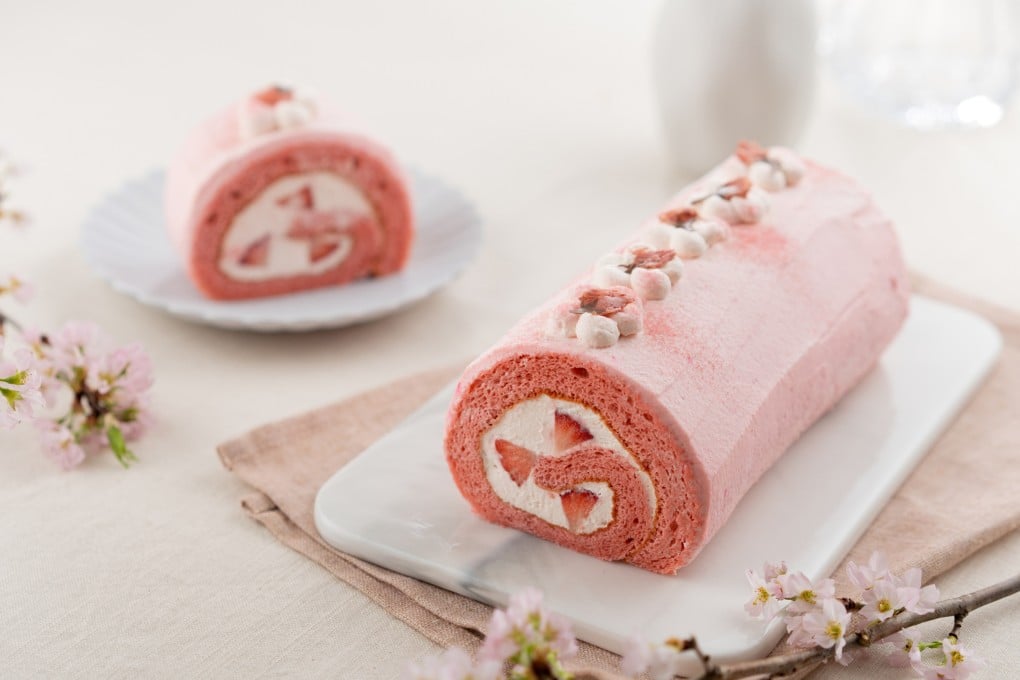How Japanese cherry blossom is used in food, what its tastes like, and where in Hong Kong you can find it
- Japanese cherry blossom, or sakura, is commonly preserved and used as an ingredient in everything from cakes to cocktails – but it is expensive
- Hong Kong chefs are getting experimental, putting it in milk puddings, shaved ice desserts, rice balls and much more

Pretty in pink, sakura – the blossoms of the cherry tree – are harbingers of spring as well as the national flower of Japan, where cherry-blossom viewing is an annual ritual.
Typically blooming within a short window between the end of March and early April, sakura’s brief season is symbolic of the transience of life as much as it stands for the beauty of renewal.
Although ephemeral by nature, sakura have inspired generations of cooks to preserve their beauty, resulting in a rich repertoire of recipes.
The most common method, sakurazuke, involves salting the carefully picked young buds after a meticulous process of washing, draining and drying, and then pickling them in a light plum vinegar to enhance and lock in the vibrant pink hue.

It is said that salt-cured cherry blossoms sprang from the Chimura district of Hadano, in Kanagawa prefecture, towards the end of the Edo period (1603-1867).
The cherry blossoms in this region are robust and full, giving them the name yaezakura, with yae meaning “multiple layers”.
